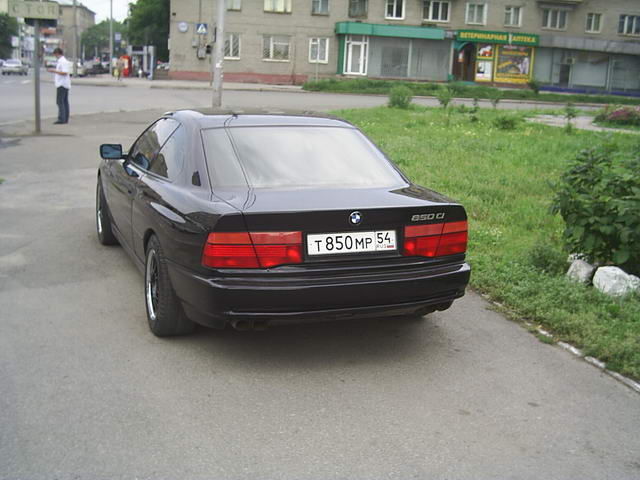1990 BMW 850CI

Photo Information (Width: 640px, Height: 480px, Size: 59Kb)
1990 BMW 850CI specs
|
The BMW 8 Series was BMW's flagship car while in production. A new vehicle cost around US$100,000 and had an electronically limited top speed of 155 mph (250 km/ h), although with the limiters removed top speed was estimated at 186 mph (299 km/ h). Worldwide production ceased May 12, 1999, with 30,621 built. BMW is rumored to have plans to revive the 8 Series name for a potential "four-door coupe," much like the Mercedes-Benz CLS-Class. The existing E63/ E64 6-Series two-door coupe currently competes with the CLS-Class in that price point. Design of the 8 Series began in 1984, with construction starting in 1986. The 8 Series debuted at the Frankfurt Motor Show (IAA) in early September 1991. The 8 Series was designed to move beyond the market of the original 6 Series. The 8 and 6 Series cars were distinctly different in design; though both were Supercar cars, the 8 Series had substantially improved performance, as well as a far higher purchase price. Over 1.5 billion Deutschmark was spent on total development (2008 USD nearly $1 billion). BMW used CAD tools, still unusual at the time, to design the car's all-new body. Combined with wind tunnel testing, the resulting car had a drag coefficient of 0.29, a major improvement from the previous BMW M6/ 635CSi's 0.39. » Read More About BMW 850CI |
